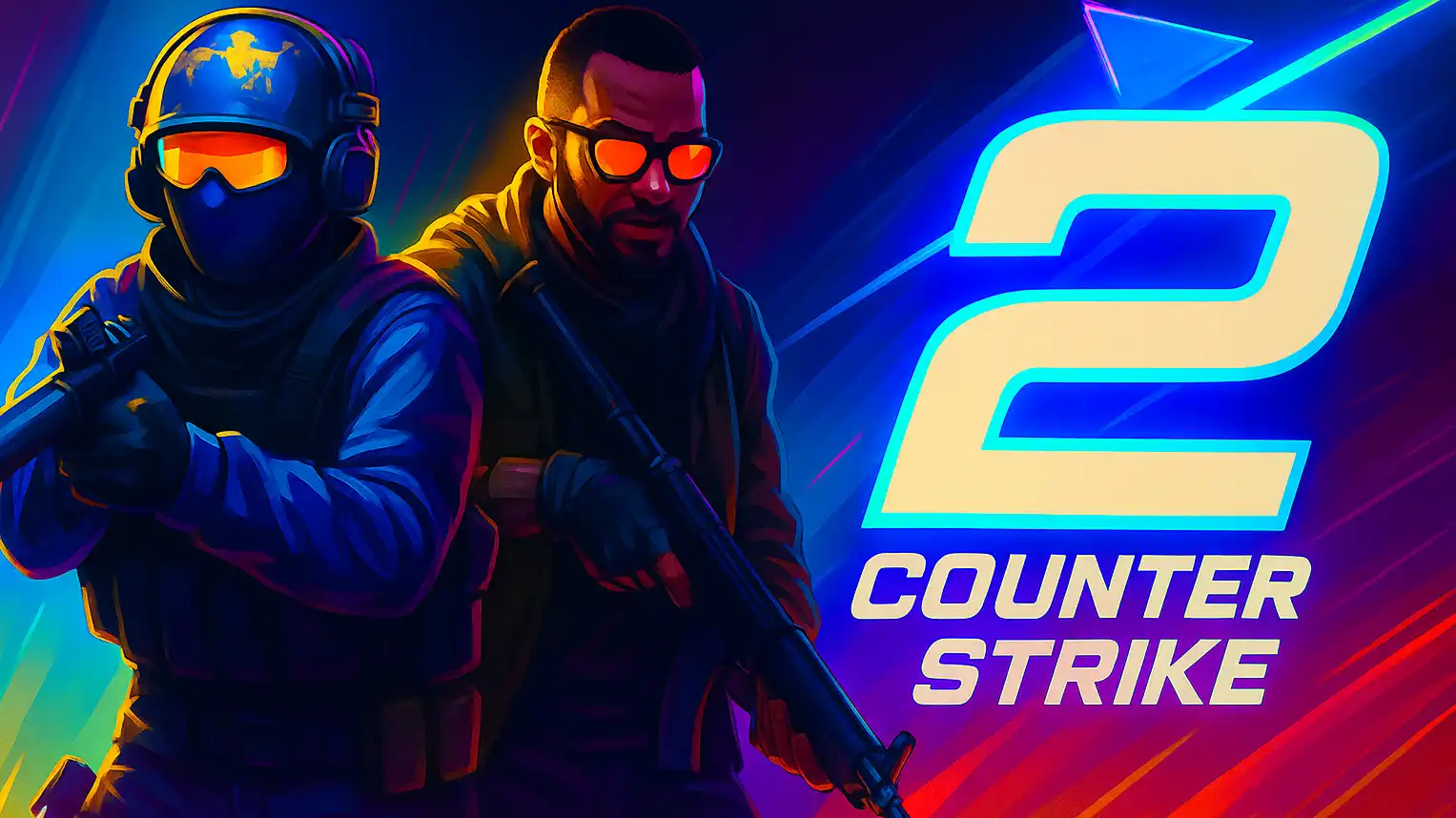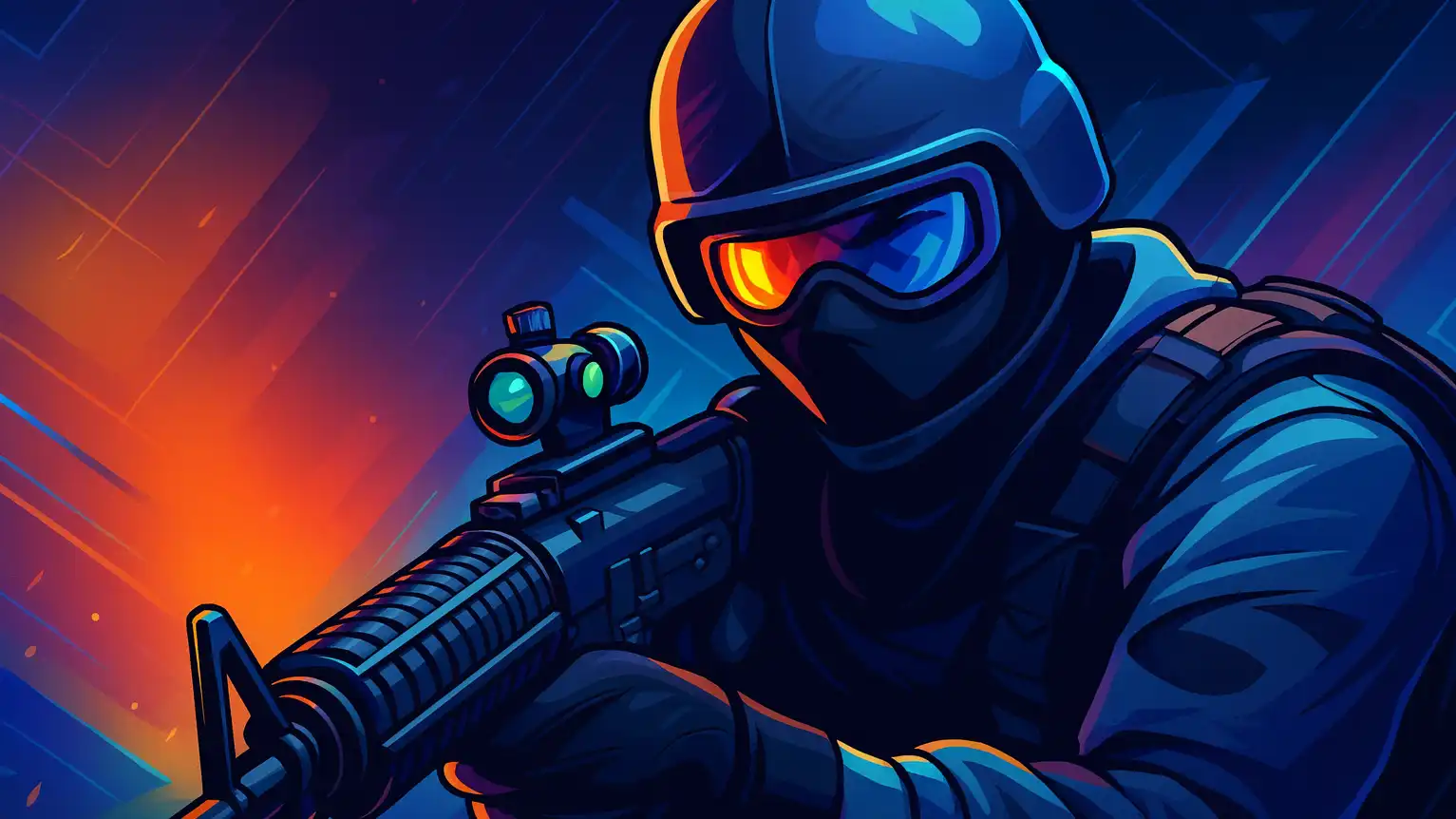Valve’s “Trade-Up” tweak detonates CS2 economy as knives and gloves flood the market

Valve’s “Trade-Up” tweak detonates CS2 economy as knives and gloves flood the market
Valve pushed a seemingly small Counter-Strike 2 patch that did anything but: a change to the Trade-Up contract now lets players combine five Covert (red) skins—StatTrak or regular—for a chance at a knife or a pair of gloves. Overnight, long-ignored reds became lottery tickets, premium knives shed thousands in value, and the Steam Community Market creaked under the rush. Valve has not issued a formal clarification at the time of writing, but the community’s verdict is unanimous: this is the most disruptive economy change since skins launched.
What actually changed
Previously, red-tier (Covert) CS2 items sat below the economy’s apex: Gold (Exceedingly Rare) drops such as knives and gloves, which mainly entered circulation via cases or special sources. The patch added a five-red Trade-Up path into golds, functionally converting a huge pool of low-to-mid value cosmetics into a stream of top-tier items. The design quirk is critical: reds were common enough—and cheap enough—that the new recipe created instant arbitrage. Within hours, prices on many red skins spiked several-fold, while high-end knives/gloves slumped as supply ballooned.
Price shock: winners and losers
-
Reds rocket: Items like the MP9 Starlight Protector or M4A4 The Coalition—former case-drawer reds that hovered around single-digit prices—were chased up the charts as “feedstock.” PC Gamer documented reds jumping from £2 to ~£50 in the scramble. Inventories that held piles of neglected reds suddenly printed five-figure paper gains.
-
Knives and gloves slide: The market’s crown jewels were hit by the inverse math. When thousands of new golds arrive per day, scarcity collapses. Notably, the Butterfly Knife Emerald—a poster child for rarity—was observed sliding from roughly $20,000 to near $11,000 in peer-to-peer quotes and marketplace listings tracked by community traders and press.
-
Marketplace strain: GamesRadar and others reported significant market lag and instability as users spammed buy orders, listed newly minted items, and attempted to front-run each other’s trades. The frenzy was amplified by social posts of outsized wins and losses, turning a systems change into a viral event.
How big is the hit?
Putting a firm dollar figure on a decentralized, multi-venue gray market is notoriously slippery, but multiple outlets and data trackers agree the drawdown in “headline value” is massive. Press estimates range from multi-hundreds of millions to low billions in notional market-cap swing when adding up knife/glove depreciation across Steam and third-party sites—partly offset by the surge in reds. One analytics roundup pegged the decline at roughly 30% for top-end items in the immediate aftermath. While numbers have whipsawed since, the direction of travel was clear in the first 48–72 hours: gold supply up, price down.
Community reaction
High-end collectors, marketplace operators, and pro players voiced everything from excitement to alarm:
-
Collectors fear a “de-premiumization” of grail items if the conversion rate stays generous; others welcome a broader path into knives and gloves that were previously out of reach.
-
Traders scrambled to re-price bots and cancel stale orders. Some reported negative carry—holding inventory that dropped faster than they could sell—while others flipped red stockpiles into short-term profits.
-
Players asked for clarity on whether this is an intentional, permanent pillar of CS2’s economy or a live experiment that will be tuned back once volatility cools. At publication, Valve has not posted a design note beyond the patch itself.
Competitive and esports implications
Skins are more than cosmetics at elite events: they’re a revenue moat for the ecosystem and a psychological totem for fans. Three near-term ripples to watch:
-
Sponsor & team inventory strategies: Large orgs often hold promotional loadouts and creator-partnered skins. Markdowns on premium knives/gloves may change how teams bundle giveaways and activate at events, particularly around Majors and IEM stops that traditionally spike engagement.
-
Case-opening content economy: A glut of easily crafted golds could cannibalize case-opening appeal, a staple content format for streamers. Conversely, cheaper knives may increase showcase frequency on broadcast and socials.
-
Player morale & superstition: Pro players frequently joke about “lucky” knives and gloves. If inventories churn due to falling valuations, you may see more frequent skin swaps on stage—harmless for performance, impactful for branding and fan connection. (This is an inference about behavior, not competitive rule changes.)
What happens next?
Market microstructure suggests three stabilizers:
-
Price discovery: Once the initial rush settles, reds will find a new breakeven that reflects the expected value (EV) of a five-red trade into a distribution of knives/gloves. If EV < cost, demand should cool; if EV ≥ cost (after fees), arbitrage persists.
-
Valve tuning: Valve can adjust rarity tables, contract rules, or quietly tweak drop pools. Past economy shocks in CS:GO were often followed by silent or soft-announced calibrations that restored scarcity over weeks. Press outlets have already framed this as an ongoing story, not a one-day blip.
-
Venue spreads: Price gaps between Steam and third-party markets typically compress once bots and bulk sellers re-price. If Steam friction remains high (listing limits, fees), liquidity could migrate further to trusted peer platforms, smoothing volatility but reducing on-platform visibility.
Bottom line
A single line in a patch note has re-wired the CS2 economy. Reds gained utility and exploded in price; golds lost scarcity and sagged; traders, creators, and collectors are still reeling. Whether this becomes a permanent democratization of knives and gloves—or a brief, chaotic detour—depends on Valve’s next move. Until then, expect more wild charts, louder community debate, and a lot of new golds on your match servers.




